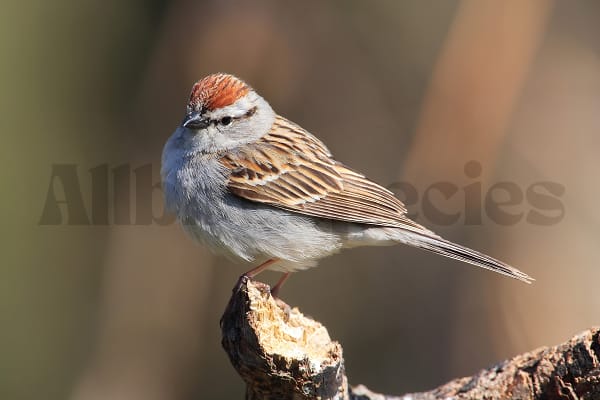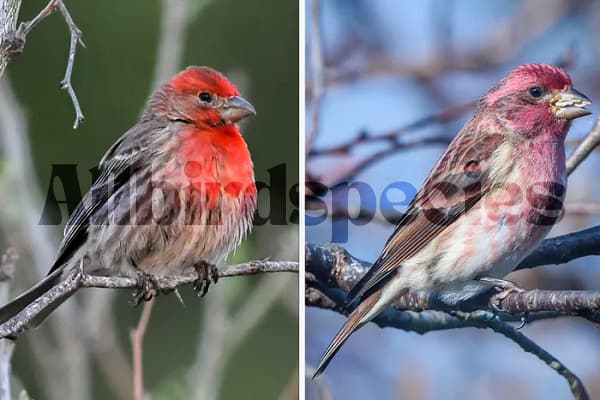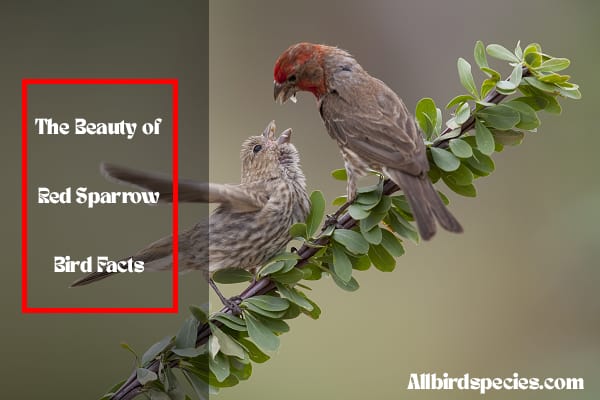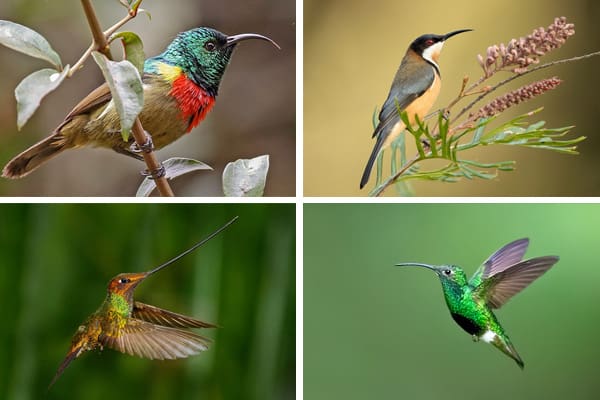Red Sparrow Bird: Interesting Facts and Spiritual Meaning
Welcome to the vibrant world of the red sparrow bird! In this article, we will explore the fascinating behavior, habitat, and stunning plumage of this beautiful species. Get ready to discover interesting facts about the red sparrow bird and learn more about its significance and symbolism. Whether you’re a bird enthusiast or simply intrigued by nature’s wonders, you’re in for a treat!
Key Takeaways:
- The red sparrow bird is known for its vibrant plumage and captivating appearance.
- Red sparrows have unique behavior and habitat preferences.
- Understanding the symbolism and significance of the red sparrow bird adds to its allure.
- Stay tuned for in-depth information on the red sparrow bird’s behavior, habitat, and plumage.
- Discover how the red sparrow bird stands out among other species in the sparrow family.
Understanding Sparrow Species: Red Sparrow and More
In this section, we will explore the diverse world of sparrow species, with a specific focus on the captivating red sparrow bird. These small, charming birds are part of the sparrow family, known for their adaptability and widespread distribution.
To better understand the red sparrow bird, we will compare it to another species commonly found in North America, the house sparrow, a variety of finch, known for its vibrant coloring and melodic song. By examining their distinguishing characteristics and behaviors, we can gain insights into what makes each species unique.
Let’s start by taking a closer look at the red-headed sparrow, both male and female, and its counterpart, the house finch:
| Species | Red Headed Sparrow | House Finch |
|---|---|---|
| Appearance |
The male red-headed sparrow is characterized. It has a stunning redhead and chest. |
The male house finch boasts a bright red head, chest, and rump, accompanied by brown streaks on its back. |
| Song |
Red-headed sparrow’s song is a series of short, melodious notes. |
The house finch’s song is a mix of warbling and musical notes, with variations in tone and pitch. |
| Behavior |
Red-headed sparrows are known to form small flocks during winter while nesting in pairs during the breeding season. They are social and found near bird feeders. |
House finches are also social birds, commonly seen in flocks, especially around bird feeders. They exhibit a preference for urban settings, adapting well to human-made environments. |
By contrasting the red-headed sparrow with the house finch, we can appreciate the diversity within the sparrow family and the unique characteristics that define each species. This understanding allows us to better appreciate the beauty and intricacies of these avian species like the song sparrow wonders.
Exploring Habitat and Behavior of Red Sparrow Birds

Dive into the captivating world of red sparrow birds to uncover their preferred habitats, fascinating behavior, and intriguing flock dynamics. Fox sparrows, native to North America, red sparrows are commonly found in backyards, making them a delight to observe for bird enthusiasts.
Sparrow Habitat
- Red sparrows thrive in a variety of habitats, including suburban areas, forests, and grasslands.
- They are adaptable birds, often seen frequenting bird feeders in residential neighborhoods.
- Provide a suitable environment by offering a diverse range of food options and a source of fresh water.
Sparrow Behavior
- Red sparrows exhibit social behavior and tend to gather in flocks.
- They are known for their distinctive streak pattern on the throat and rump, allowing easy identification.
- Observing their behavior can be a rewarding experience, as they engage in playful interactions and communicate through various calls.
Flock Dynamics
- In flocks, red sparrows display a hierarchy where dominant individuals lead the group.
- They communicate and maintain cohesion within the flock through vocalizations and synchronized movements.
- During the breeding season, male red sparrows engage in elaborate courtship displays to attract their mates.
By understanding the habitat and behavior of red sparrow birds, you can create an inviting space in your backyard to attract these beautiful avian creatures. Enjoy the spectacle of their flock dynamics and learn to distinguish them from other bird species, as they bring life and vibrancy to nature’s canvas.
Appreciating the Splendor of Red Sparrow Plumage
When it comes to visual brilliance, the red sparrow is a true marvel. This sparrow-sized bird is adorned with a radiant red plumage that captures the attention of bird enthusiasts and nature lovers alike. The red coloring of a fox sparrow is especially vibrant, creating a striking streak against the backdrop of green foliage.
The red sparrow’s plumage is distinct from other bird species, including the purple finch, a sparrow-like bird, which boasts a similar red coloring. However, a closer observation reveals subtle differences in the shades and patterns. The red sparrow’s plumage is characterized by intricate details that add depth and charm to its appearance.
One of the standout features of the red sparrow is its beak of a song sparrow. This unique adaptation plays a crucial role in its feeding habits. The beak of the red sparrow is slightly curved, allowing it to efficiently extract seeds and insects from various sources. This specialized beak structure enables the red sparrow to thrive in its preferred habitats and sustain its energy levels throughout the year.
| Distinctive Features | Red Sparrow | Purple Finch |
|---|---|---|
| Plumage Color | Bright red | Varying shades of red |
| Feather Patterns | Intricate details | Subtle streaks |
| Beak Shape | Curved and specialized | Straight and versatile |
As you appreciate the splendor of the red sparrow plumage, take a moment to marvel at its vibrant red throat, which adds a captivating touch of brilliance. This striking avian beauty deserves admiration and protection as we strive to preserve the diversity and wonder of our natural world.
Insights into House Finches and Red Sparrow Birds
This section will provide additional information about two fascinating finch species: house finches and red sparrows. Although they may share some similarities, there are distinct differences between these two species, making them unique in their own right. Let’s explore the features, behaviors, and birdwatching tips for identifying these birds.
House Finches
The house finch (Haemorhous mexicanus) is a popular birding species known for its vibrant plumage, particularly the bright red coloration of the males. These medium-sized finches belong to the Fringillidae family and are commonly found in various habitats across North America, including urban centers.
Male house finches sport rich red plumage on their head, chest, and rump, which intensifies during the breeding season. In contrast, female house finches display a relatively duller appearance, with a mixture of brown, gray, and streaked patterns.
House finches are frequently spotted at bird feeders, where they enjoy seeds and fruits. They have a conical beak that allows them to crack open seeds with ease. Observing their feeding behavior can provide a delightful birdwatching experience.
Red Sparrow Birds
The term “red sparrow” is often used to describe certain species of sparrows, including the house finch. However, it is essential to note that there isn’t a distinct species known specifically as the “red sparrow.” The term is more of a generalization that refers to sparrows with red plumage.
Sparrows, including house finches, belong to the passerine family, with various species found in diverse habitats worldwide. While they may not exhibit the same vibrant red coloring as male house finches and songbirds, some other sparrow species may showcase reddish or rusty hues in their plumage.
Identifying House Finches and Red Sparrows
When birdwatching, it is crucial to pay attention to specific characteristics that can help distinguish house finches from other sparrow species:
- Bright red plumage in male house finches
- Streaked patterns and grayish tones in female house finches
- Conical beak suitable for seed cracking
Red sparrows, including house finches, can be found in various regions throughout North America. By setting up bird feeders with appropriate seeds and observing their feeding behaviors, you increase your chances of attracting these beautiful finch species to your backyard.
Now that we have explored the insights into house finches and red sparrow birds, let’s move on to the final section of the article, where we will celebrate the beauty and diversity of sparrows and finches.
Habitat and Feeding Habits of Red Sparrow Birds and House Finches

In this section, we will delve into the fascinating habitat preferences and feeding habits of red sparrow birds and house finches. Understanding these aspects is crucial in appreciating the beauty and behavior of these avian species.
Habitat Preferences
The red sparrow, also known as the house finch, is native to North America. It can be found in a variety of habitats, including urban centers and suburban environments. That’s partly due to the adaptability of house finches to human-altered landscapes. They can be easily spotted in residential areas, parks, and gardens, especially when bird feeders are present.
The house finch was originally a bird species endemic to the western United States and Mexico. However, it has expanded its range significantly over the past century and can now be found throughout most of the United States and southern Canada.
Feeding Habits
Both house finches and red sparrows have conical beaks suited for their feeding habits. House finches feed on a variety of seeds, fruits, and insects. When provided with bird feeders, they show a preference for sunflower seeds and safflower seeds. They are opportunistic feeders and will take advantage of food sources in their environment.
Pigment plays a significant role in the appearance of house finches. The bright red plumage of the male house finch comes from pigments in the food they consume, particularly carotenoids. In contrast, the female house finches have a duller, grayish plumage.
The Cornell Lab of Ornithology has conducted extensive research on the feeding habits and behavior of house finches. Their studies provide valuable insights into the ecology and conservation of these birds.
Beauty and Diversity of Sparrows and Finches
As we conclude our exploration of sparrows and finches, let us marvel at the sheer beauty and remarkable diversity these avian species offer. From their distinct sizes and shapes to their vibrant plumage, these birds captivate and fascinate nature enthusiasts across North America.
Finches, a large group of birds within the finch family, showcase an array of stunning colors. From the red-headed finch to the purple finch, the male members of this family often boast striking hues that intensify during the breeding season. The redder the male, the more likely they are to catch the attention of potential mates.
Finches have longer beaks, enabling them to feed on various seeds and fruits found in a variety of habitats. These adaptable birds, including the song sparrow, can be spotted in urban centers, suburban backyards, as well as habitats across the United States, Mexico, and southern Canada. Their ability to find food sources rich in pigment contributes to their vibrant plumage.
In addition to finches, sparrows including the fox sparrow, are another bird species known for their beauty and remarkable adaptability. With their distinct species, sparrows come in different shapes and sizes. Ranging from a few song sparrow measures several inches in length. to larger species, sparrows can be found in various habitats across North America. Whether in urban centers or rural landscapes, these birds have made their mark in the birding community.
Frequently Asked Questions
Q1: Is there a red sparrow bird?
No, there is no specific bird species called the red sparrow. The term “red sparrow” is a combination of descriptive terms, referring to a sparrow-sized bird with red plumage.
Q2: How can I distinguish between a red-headed sparrow and a house finch?
Male red-headed sparrows have a distinct red head, while male house finches have a bright red coloring on their throat and upper breast. Additionally, red-headed sparrows have a streaked back, while house finches have a streaked belly and rump.
Q3: Where are house finches found? What is their habitat?
House finches are native to North America and can be found in a variety of habitats, including urban and suburban areas. Sparrows such as the brown birds like the house sparrow are commonly seen in backyard bird feeders, urban centers, and habitats across the United States and southern Canada.
Q4: What are some interesting facts about sparrows and finches?
Sparrows and finches are part of the same family, known as the Fringillidae. They are small birds with a diverse range of plumage colors and patterns. Male finches are often redder in color, and their size and shape can vary. They can be found in a variety of habitats, ranging from forests to grasslands, and play important roles in ecosystems as seed dispersers.
Q5: What is the significance of the red throat in house finches?
The bright red coloring on the throat of male house finches is a result of pigments they obtain from their food. The redness of the throat can vary depending on the amount and type of pigments in their diet. Female house finches have a duller, more grayish appearance.
Q6: How do red sparrow birds and house finches feed?
Both red sparrow birds and house finches primarily feed on plant foods, including seeds and fruits. They have conical beaks that enable them to crack open seed shells and extract the inner contents. Bird feeders are a common place to find house finches and observe their feeding behaviors.







